

News
Relive SpaceX’s high-altitude Starship launch debut in 4K [video]
SpaceX has published a 4K recap of Starship serial number 8’s (SN8) spectacular high-altitude launch debut, highlighting all crucial aspects of the immensely successful test flight and hinting at the next steps forward.
On December 9th, after days of anticipation and delays for the unprecedented test flight, Starship SN8 sailed through a clean preflight flow, ignited three Raptor engines, and lifted off around 4:45 pm CST – just 15 minutes before the launch window was scheduled to close. In a move that would later be confirmed to be intentional, Starship’s ascent went exactly as planned with all three Raptors sequentially shutting down over the course of almost five minutes – necessary, said Elon Musk, to keep the rocket from “[blowing] through the [12.5-kilometer] altitude limit.”
Although technical difficulties prevented a high-altitude NASA reconnaissance jet from capturing aerial footage of the spectacle from up high, SpaceX certainly seems to have made do with more mundane platforms, capturing all aspects of Starship SN8’s launch in high definition.
At apogee, Starship SN8 vented most of the remaining liquid oxygen in its main tank and shut down the last active Raptor engine, kicking off an unprecedented guided freefall back to Earth. To achieve that feat, Starship SN8 had to reach apogee more or less vertical, begin falling tail-first, activate cold-gas thrusters and actuate four giant flaps to tilt belly-down, and use those same thrusters and flaps to maintain stability.
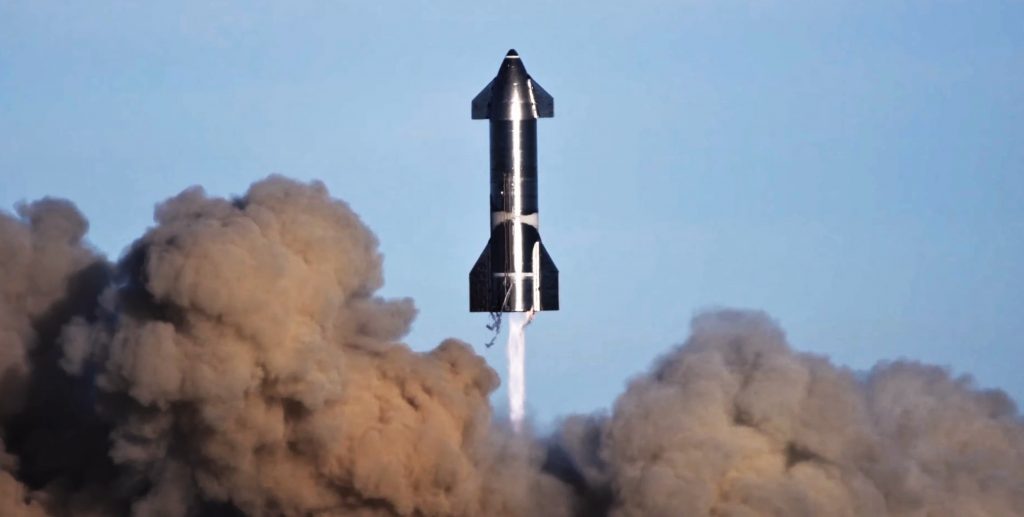
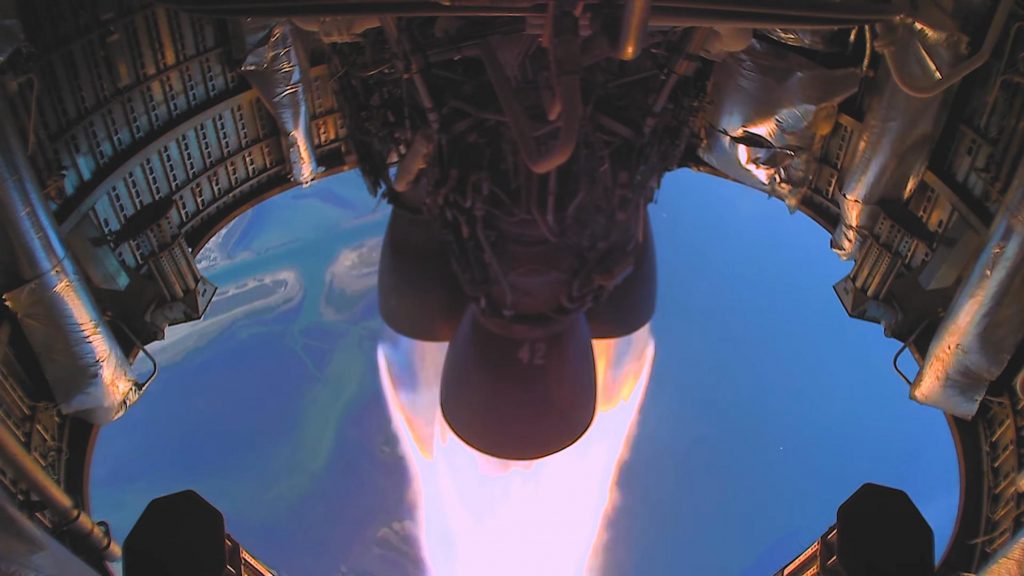
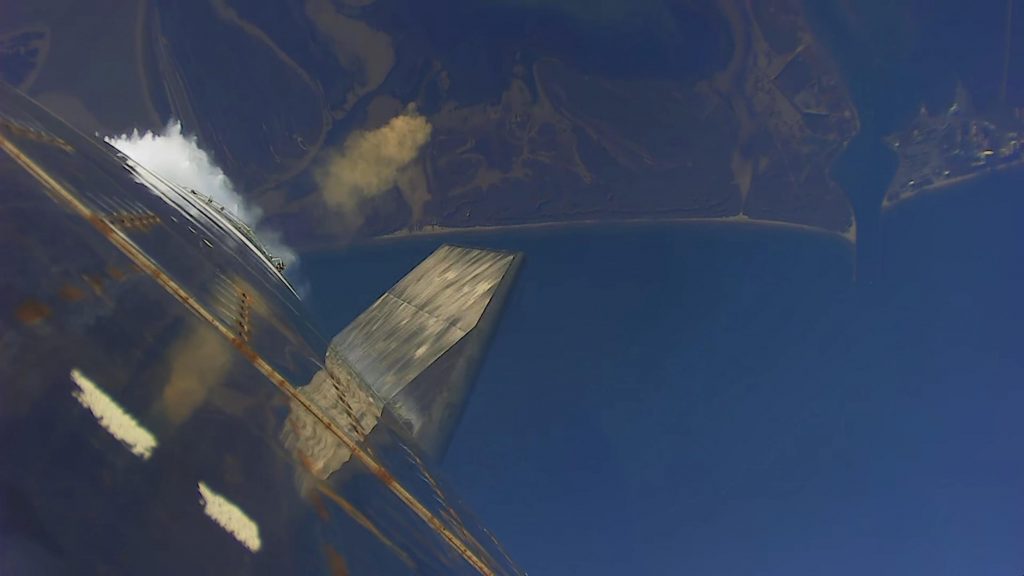
Likely reaching speeds of around 150 m/s (~330 mph) during that freefall, Starship SN8 made it look effortless, twitching its flaps and occasionally using a burst of thrusters to elegantly and stably glide back to about 1 km (~0.6 mi) above the ground. At that point, the rocket ignited one – and then two – Raptor engines with no apparent issue, gimballing violently and firing thrusters to flip its 9m by 50m (30 ft by 165 ft) hull ~120 degrees in a handful of seconds, ending in a tail-down landing configuration.
Up to that point, more than six minutes into the flight test, Starship SN8 had all but aced the gauntlet of firsts SpaceX had thrown at it, notably surpassing CEO Elon Musk’s expectation of a successful ascent but otherwise failed descent.
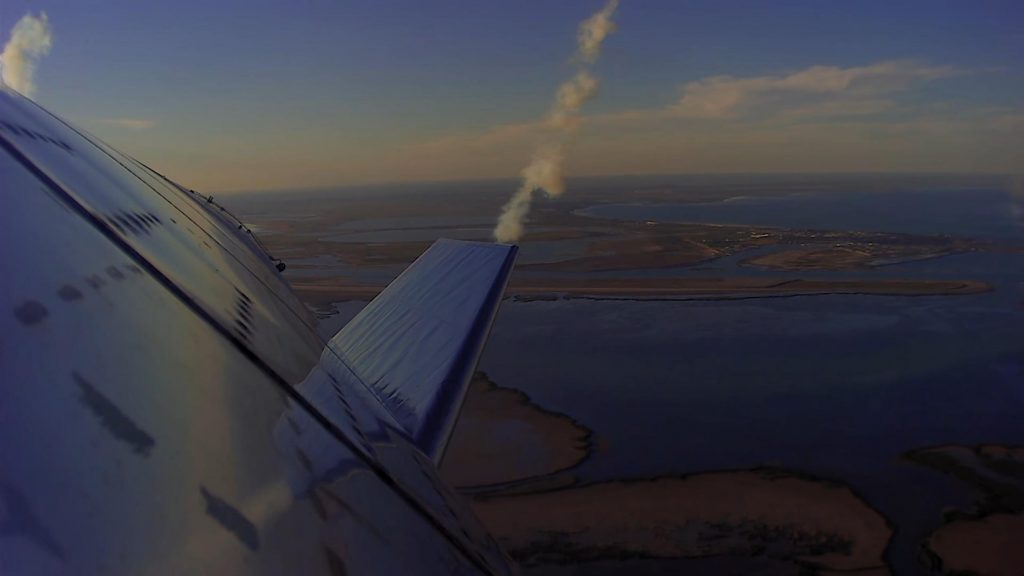
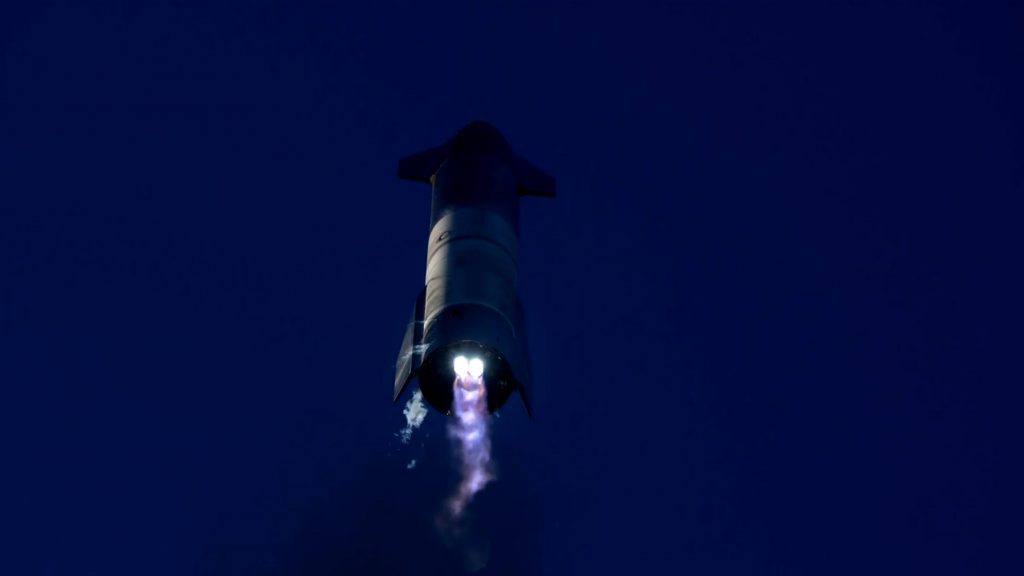
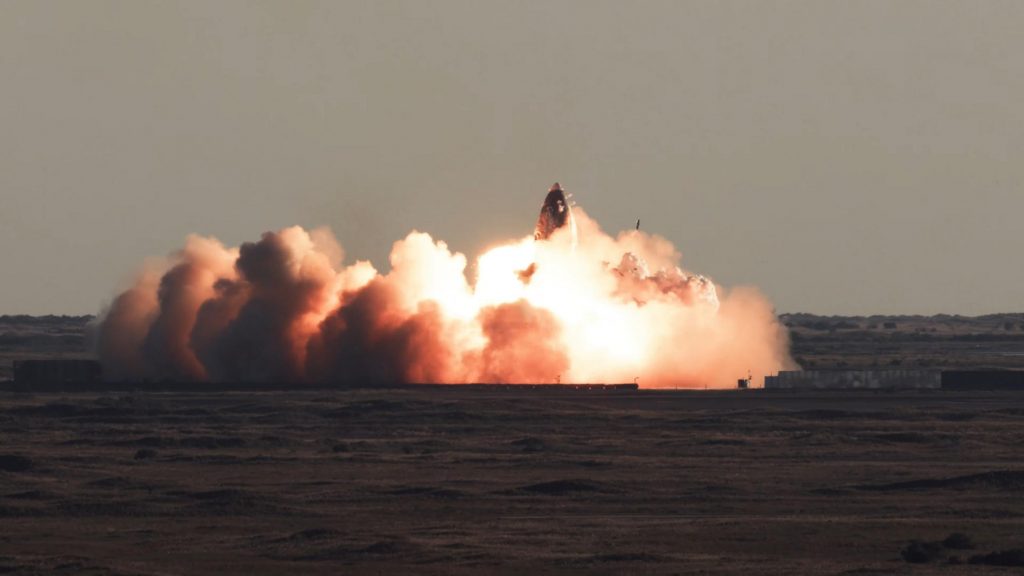
Instead, SN8 made it just a dozen or two seconds away from a soft landing before things went wrong. According to Musk, who commented after the fact, the Starship’s fuel (methane) header tank – a small secondary tank used to store landing propellant at high pressures – began to exhibit lower than needed pressures in the seconds before touchdown. Whether intentional or not, one of the two Raptors ignited during SN8’s flip maneuver shut down around ten seconds later, at which point the lone remaining engine throttled up only to have its plume turn an almost solid green.
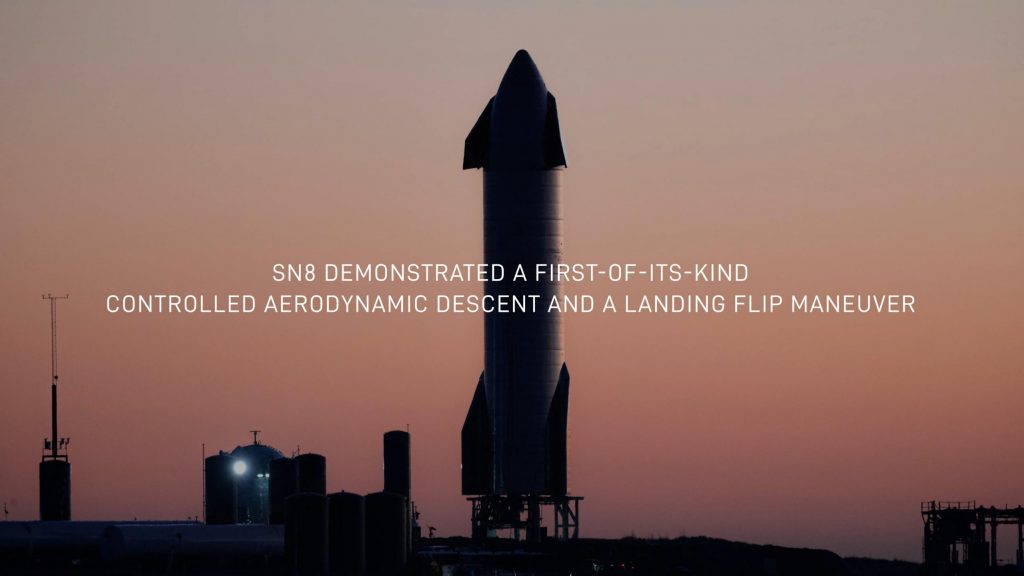
In simple terms, without enough pressure in the fuel header, Raptor’s combustion turned very oxygen-rich, dramatically ramping up the heat and literally melting the engine’s copper-rich combustion chamber liner (hence the green hue). Had that tank been able to maintain pressure, it’s reasonable to assume that SN8 would have stuck a soft landing just like SN5 and SN6 did a few months prior. Thankfully, Musk says the source of the pressure issue was “minor” and, as SpaceX notes at the end of the recap, Starship SN9 is almost ready to carry the torch forward.
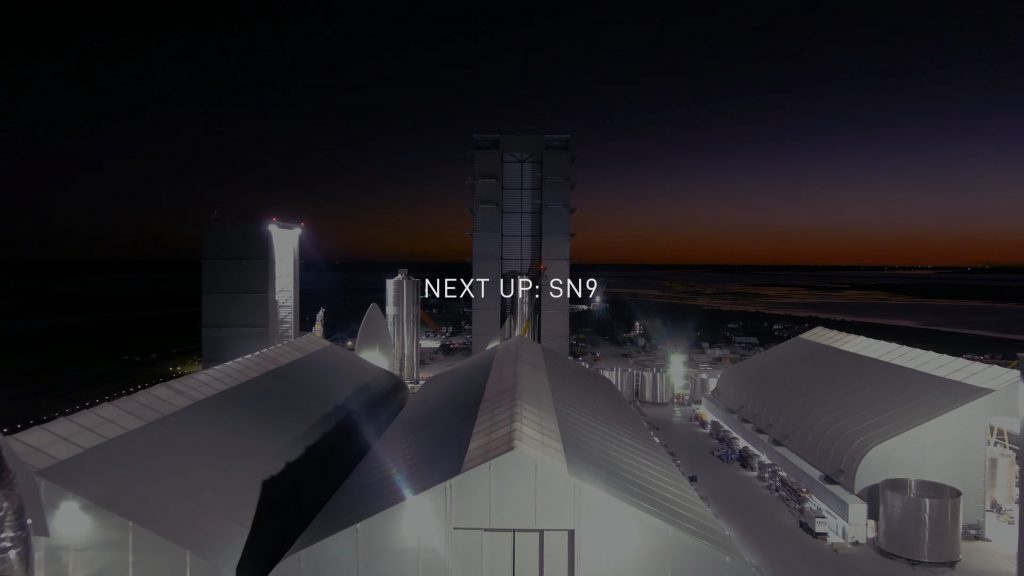

News
Tesla Cybercab tests are going on overdrive with production-ready units
Tesla is ramping its real-world tests of the Cybercab, with multiple sightings of the vehicle being reported across social media this week.

Tesla is ramping its real-world tests of the Cybercab, with multiple sightings of the autonomous two-seater being reported across social media this week. Based on videos of the vehicle that have been shared online, it appears that Cybercab tests are underway across multiple states.
Recent Cybercab sightings
Reports of Cybercab tests have ramped this week, with a vehicle that looked like a production-ready prototype being spotted at Apple’s Visitor Center in California. The vehicle in this sighting was interesting as it was equipped with a steering wheel. The vehicle also featured some changes to the design of its brake lights.
The Cybercab was also filmed testing at the Fremont factory’s test track, which also seemed to involve a vehicle that looked production-ready. This also seemed to be the case for a Cybercab that was spotted in Austin, Texas, which happened to be undergoing real-world tests. Overall, these sightings suggest that Cybercab testing is fully underway, and the vehicle is really moving towards production.
Production design all but finalized?
Recently, a near-production-ready Cybercab was showcased at Tesla’s Santana Row showroom in San Jose. The vehicle was equipped with frameless windows, dual windshield wipers, powered butterfly door struts, an extended front splitter, an updated lightbar, new wheel covers, and a license plate bracket. Interior updates include redesigned dash/door panels, refined seats with center cupholders, updated carpet, and what appeared to be improved legroom.
There seems to be a pretty good chance that the Cybercab’s design has been all but finalized, at least considering Elon Musk’s comments at the 2025 Annual Shareholder Meeting. During the event, Musk confirmed that the vehicle will enter production around April 2026, and its production targets will be quite ambitious.
News
Tesla gets a win in Sweden as union withdraws potentially “illegal” blockade
As per recent reports, the Vision union’s planned anti-Tesla action might have been illegal.

Swedish union Vision has withdrawn its sympathy blockade against Tesla’s planned service center and showroom in Kalmar. As per recent reports, the Vision union’s planned anti-Tesla action might have been illegal.
Vision’s decision to pull the blockade
Vision announced the blockade in early December, stating that it was targeting the administrative handling of Tesla’s facility permits in Kalmar municipality. The sympathy measure was expected to start Monday, but was formally withdrawn via documents sent to the Mediation Institute and Kalmar Municipality last week.
As noted in a Daggers Arbete report, plans for the strike were ultimately pulled after employer group SKR highlighted potential illegality under the Public Employment Act. Vision stressed its continued backing for the Swedish labor model, though Deputy negotiation manager Oskar Pettersson explained that the Vision union and IF Metall made the decision to cancel the planned strike together.
“We will not continue to challenge the regulations,” Petterson said. “The objection was of a technical nature. We made the assessment together with IF Metall that we were not in a position to challenge the legal assessment of whether we could take this particular action against Tesla. Therefore, we chose to revoke the notice itself.”
The SKR’s warning
Petterson also stated that SKR’s technical objection to the Vision union’s planned anti-Tesla strike framed the protest as an unauthorized act. “It was a legal assessment of the situation. Both for us and for IF Metall, it is important to be clear that we stand for the Swedish model. But we should not continue to challenge the regulations and risk getting judgments that lead nowhere in the application of the regulations,” he said.
Vision ultimately canceled its planned blockade against Tesla on December 9. With Vision’s withdrawal, few obstacles remain for Tesla’s long-planned Kalmar site. A foreign electrical firm completed work this fall, and Tesla’s Careers page currently lists a full-time service manager position based there, signaling an imminent opening.
News
Tesla Semi program Director teases major improvements
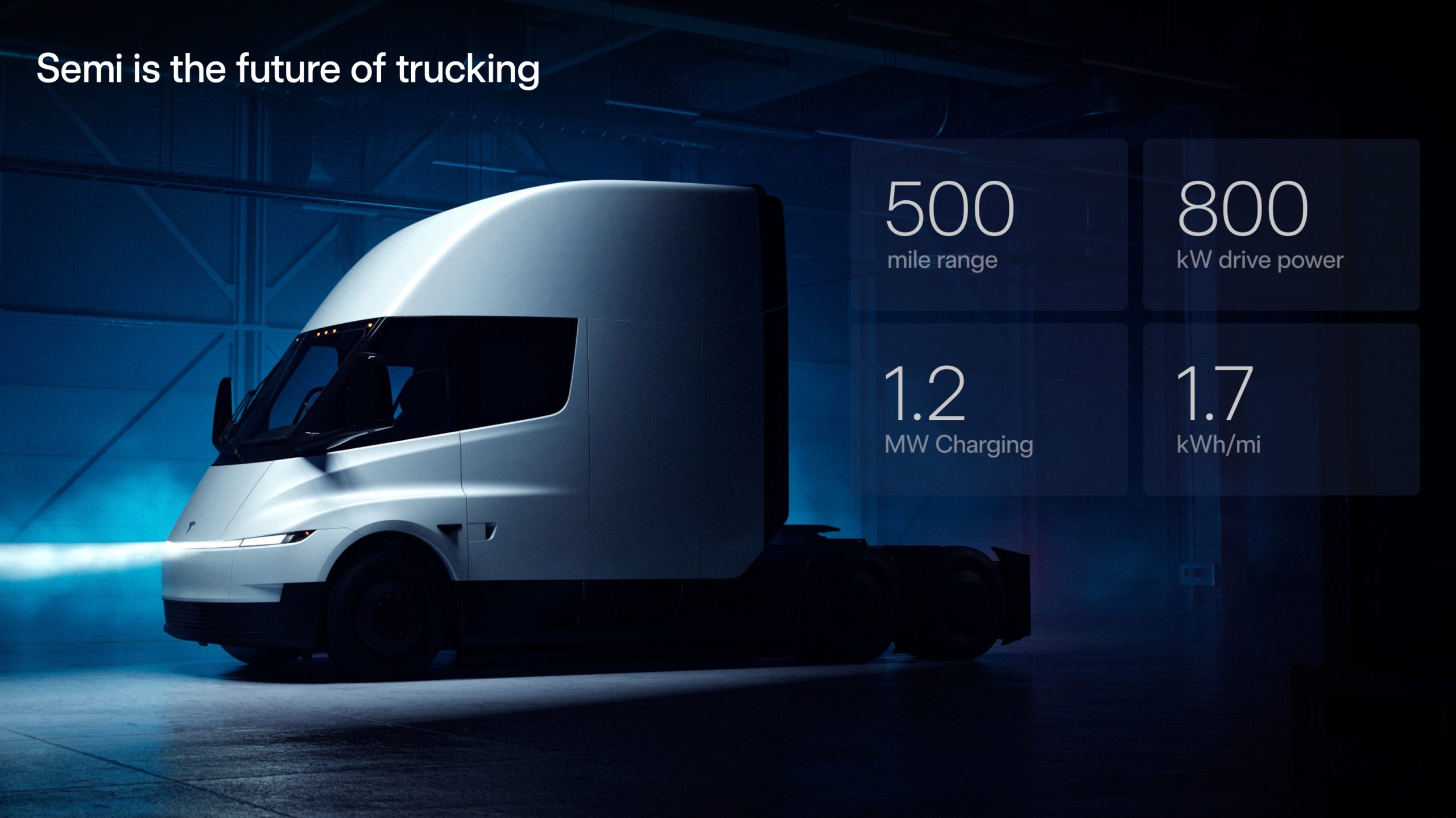
Tesla Semi Program Director Dan Priestly teased the major improvements to the all-electric Class 8 truck on Thursday night, following the company’s decision to overhaul the design earlier this year.
Priestley said he drove the Semi on Thursday, and the improvements appear to be welcomed by one of the minds behind the project. “Our customers are going to love it,” he concluded.
Just drove the redesigned Semi. Our customers are going to love it. https://t.co/KZ88sf1CDL
— Dan Priestley (@danWpriestley) December 19, 2025
The small detail does not seem like much, but it is coming from someone who has been involved in the development of the truck from A to Z. Priestley has been involved in the Semi program since November 2015 and has slowly worked his way through the ranks, and currently stands as the Director of the program.
Tesla Semi undergoes major redesign as dedicated factory preps for deliveries
Tesla made some major changes to the Semi design as it announced at the 2025 Annual Shareholder Meeting that it changed the look and design to welcome improvements in efficiency.
Initially, Tesla adopted the blade-like light bar for the Semi, similar to the one that is present on the Model Y Premium and the Cybertruck.
Additionally, there are some slight aesthetic changes to help with efficiency, including a redesigned bumper with improved aero channels, a smaller wraparound windshield, and a smoother roofline for better aero performance.
All of these changes came as the company’s Semi Factory, which is located on Gigafactory Nevada’s property, was finishing up construction in preparation for initial production phases, as Tesla is planning to ramp up manufacturing next year. CEO Elon Musk has said the Semi has attracted “ridiculous demand.”
The Semi has already gathered many large companies that have signed up to buy units, including Frito-Lay and PepsiCo., which have been helping Tesla test the vehicle in a pilot program to test range, efficiency, and other important metrics that will be a major selling point.
Tesla will be the Semi’s first user, though, and the truck will help solve some of the company’s logistics needs in the coming years.








